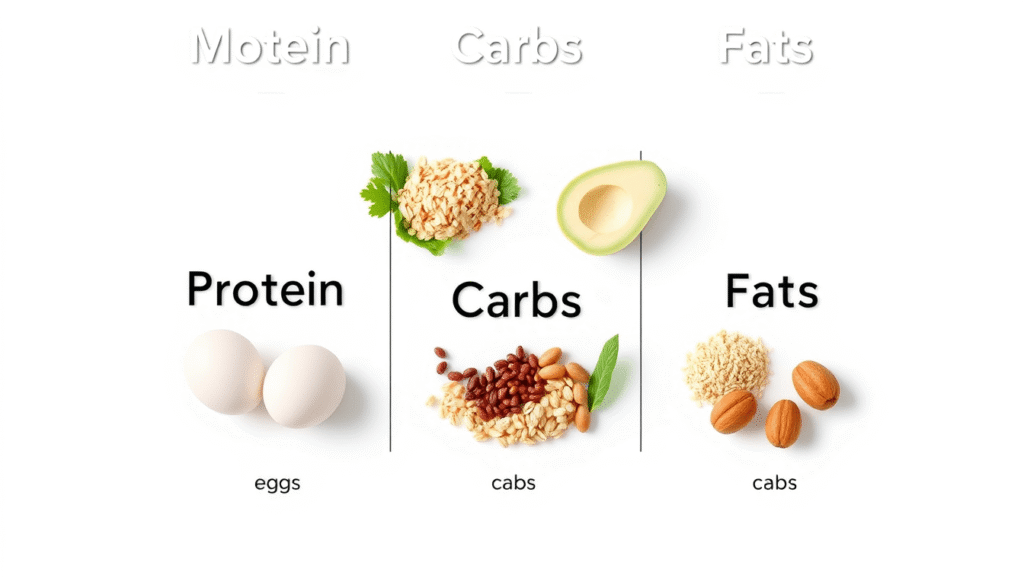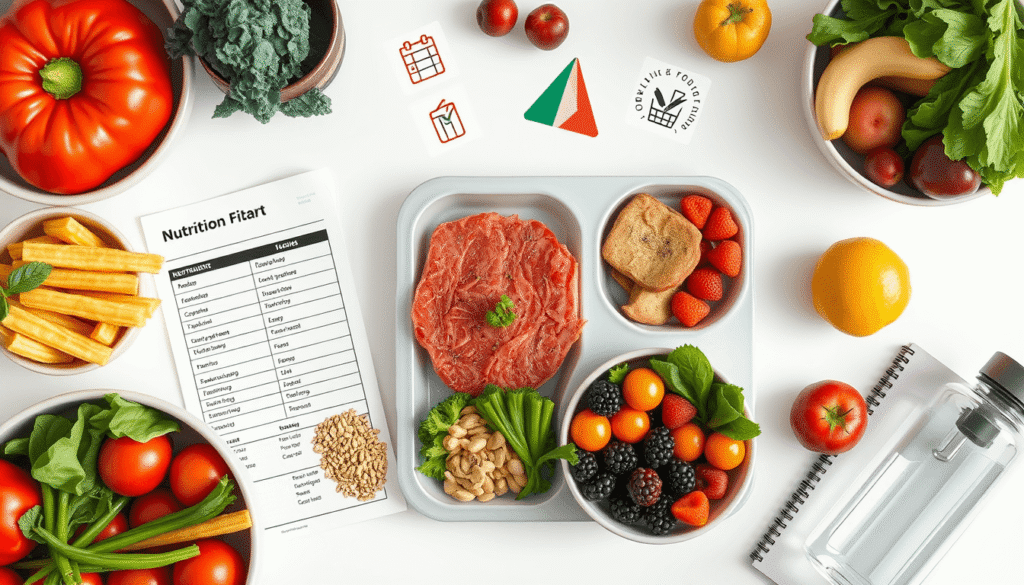Maintaining a healthy lifestyle begins with what you put on your plate. With wheonai health becoming a trusted term for wellness guidance, it’s time we dive into how you can create a balanced nutrition plan that supports both your body and mind. Whether you’re looking to lose weight, gain energy, or simply feel better each day, these five steps will help you align your eating habits with your personal health goals.
Step 1: Understand What Balanced Nutrition Really Means
Balanced nutrition is more than just eating vegetables or avoiding junk food. It’s about giving your body the right amount of nutrients—carbohydrates, proteins, fats, vitamins, and minerals—on a consistent basis. Wheonai health emphasizes achieving this balance without restricting yourself or following extreme diets.
A balanced plate typically looks like this:
- Half filled with colorful fruits and vegetables
- One-quarter filled with lean protein sources like chicken, fish, tofu, or legumes
- One-quarter filled with whole grains such as brown rice or quinoa
- Small servings of healthy fats like nuts, seeds, or olive oil
Avoiding processed foods and added sugars is just as important. It’s not about perfection, but about consistency and mindfulness in every bite you take.
Why It Matters
Your body needs a variety of nutrients to function properly. When you consistently lack any major nutrient, it can lead to fatigue, poor concentration, digestive issues, or even long-term diseases. That’s why wheonai health promotes diversity in your food choices—your body thrives on it.
Step 2: Customize Your Plan Based on Your Body’s Needs

Everyone’s body is different, and so are their nutrition needs. Age, gender, activity level, and health goals all play a role in determining what “balanced” means for you. Instead of following generic advice, you should build your nutrition plan around your personal data.
Here’s how you can customize your nutrition:
- Calculate your BMR (Basal Metabolic Rate) to understand how many calories your body needs at rest.
- Track macronutrients (carbs, fats, proteins) based on your fitness goals—whether that’s losing fat or building muscle.
- Consider any food allergies or sensitivities, such as lactose intolerance or gluten sensitivity.
You don’t need fancy apps. A simple food diary or online calculator can help. Remember, the aim is to make informed choices, not to obsess over numbers.
The Wheonai Health Approach
According to wheonai health principles, tracking your progress weekly rather than daily can reduce stress and create a better long-term relationship with food. You’re more likely to succeed if your plan fits your lifestyle instead of disrupting it.
Step 3: Plan Your Meals and Grocery List Strategically

Meal planning is the secret weapon of people who eat well consistently. Without a plan, you’re more likely to grab unhealthy options when you’re short on time. It doesn’t have to be time-consuming either—just a few steps can go a long way.
Here’s a simple weekly strategy:
- Pick 2–3 core meals you enjoy and are easy to cook.
- Batch cook and freeze portions for busy days.
- Keep healthy snacks handy, like Greek yogurt, nuts, or fruits.
- Create a grocery list based on your meals, sticking to whole and fresh foods.
How Wheonai Health Supports Meal Prep
Following wheonai health strategies means focusing on balance over restriction. Prepping meals ensures you control your portion sizes and ingredients, reducing the temptation of last-minute, less nutritious options.
Sample Meal Chart (One-Day Plan)
| Meal | Example Dish | Nutritional Focus |
|---|---|---|
| Breakfast | Oats with banana, chia seeds, almonds | Fiber, healthy fats, slow carbs |
| Lunch | Grilled chicken with quinoa salad | Lean protein, whole grains, greens |
| Snack | Carrot sticks + hummus | Veggies + plant protein |
| Dinner | Baked salmon with sweet potato | Omega-3 fats + complex carbs |
Step 4: Build Healthier Eating Habits Over Time
Changing eating habits takes time. You don’t have to transform your diet overnight. Making small, sustainable changes each week can create lasting success without overwhelming your routine.
Try starting with one of these:
- Replace one sugary drink per day with water or herbal tea.
- Add one extra vegetable to your dinner plate each night.
- Eat slowly, chewing thoroughly before swallowing.
These simple actions may seem small, but they train your brain and body to prefer healthier choices over time. Wheonai health encourages habit-stacking, where you attach new habits to existing ones—like drinking water before each meal or prepping snacks while cooking dinner.
Psychological Insights
Research shows that habits formed gradually have a higher success rate than abrupt diet overhauls. Keeping a journal or using habit-tracking apps can give you that extra boost of accountability without pressure.
Step 5: Monitor Progress and Adjust as Needed
Finally, no plan is perfect from the start. You need to regularly evaluate how you feel and make adjustments. Are you more energetic? Are your clothes fitting better? Is your digestion improving? These are all signs that your plan is working—or that it may need tweaks.
Make note of:
- Any signs of fatigue or low mood (could signal undernutrition)
- Cravings or binging cycles (could mean lack of satisfaction or balance)
- Your energy and focus levels throughout the day
Tracking these alongside your food intake helps you adjust portions or nutrient distribution. Wheonai health promotes mindful check-ins weekly to make your plan flexible and resilient.
FAQs
What is the best way to start a balanced diet with wheonai health?
Start by analyzing your current eating habits, then gradually introduce whole foods, balanced meals, and hydration. Wheonai health promotes easy adjustments, not extreme changes.
How many meals should I eat daily for balanced nutrition?
Most people thrive on three main meals and one or two snacks. The focus should be on nutrient quality and portion control rather than meal frequency.
Can I follow wheonai health if I have dietary restrictions?
Yes, the approach is flexible. Whether you’re vegan, gluten-free, or managing diabetes, you can personalize your plan while sticking to wheonai health principles.
How long before I see results from a balanced diet?
Many people report more energy and better digestion within 2–3 weeks. Visible results like weight changes can take longer, depending on consistency and individual metabolism.
Final Thoughts
A well-balanced nutrition plan doesn’t need to be complex or restrictive. With the wheonai health approach, you’re empowered to eat with intention, personalize your meals, and build sustainable habits. Start with small steps today, and your future self will thank you.
Ready to transform your health one meal at a time? Let wheonai health guide your journey with balance, simplicity, and smart choices.
To keep your wellness journey enjoyable and well-guided, you may find inspiration and tools on Goodmooddotcom.com.

